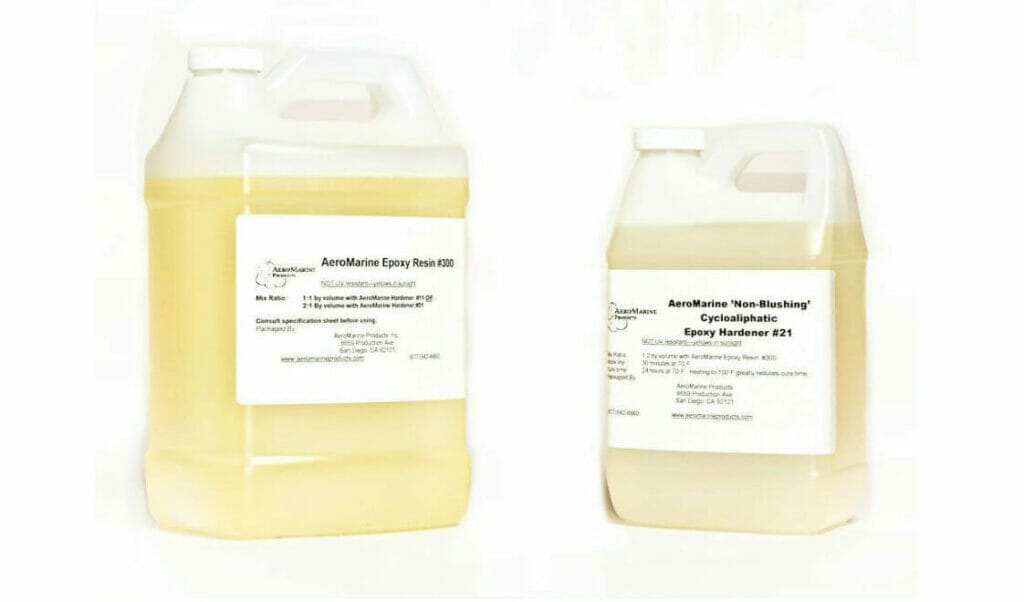Decorative concrete, also known as architectural concrete, is the use of concrete as a decorative element in various applications. It involves enhancing the appearance of traditional concrete by adding color, texture, and patterns to create a unique and aesthetically pleasing surface. This versatile material is commonly used for both indoor and outdoor surfaces, including floors, walls, driveways, and patios.
There are several types of decorative concrete, each with its unique characteristics and benefits. These include:
- Stamped Concrete: This involves impressing patterns and textures onto freshly poured concrete to mimic the look of materials like brick, stone, or wood.
- Stained Concrete: Acid-based stains are used to create a variegated, marble-like effect on the concrete surface.
- Polished Concrete: This technique involves grinding and buffing concrete to achieve a smooth, glossy finish.
- Colored Concrete: Integral color is added to the concrete mix to produce a consistent color throughout the surface.
- Exposed Aggregate Concrete: This technique involves exposing the aggregate (stones and sand) in the concrete mix for a textured and unique look.
The use of decorative concrete offers numerous benefits, including:
- Aesthetic Appeal: Decorative concrete can enhance the appearance of any space with its endless design options.
- Durability and Longevity: Decorative concrete is a durable material that can withstand heavy traffic and harsh weather conditions.
- Low Maintenance: Unlike other decorative materials like wood or tile, decorative concrete requires minimal maintenance and can last for decades.
- Versatility: Decorative concrete can be used in various applications and can be customized to suit different design preferences.
The installation process for decorative concrete typically involves four stages:
- Preparation: The area is cleared and prepped for installation, including grading and leveling the surface.
- Application of Concrete: A concrete mixture is poured onto the prepared surface and leveled out.
- Texturing and Finishing: The desired texture and patterns are impressed onto the concrete while it is still wet.
- Sealing and Curing: A sealant is applied to protect the surface, and the concrete is left to cure and harden.
To maintain the appearance and durability of decorative concrete, it is recommended to regularly clean it with a mild detergent and reapply the sealant every few years. The cost of decorative concrete can vary depending on factors such as materials, labor, and design complexity. It is best to consult with a professional for an accurate quote.
Key Takeaways:
- Decorative concrete adds aesthetic appeal to any space, with options for stamped, stained, polished, colored, and exposed aggregate finishes.
- Using decorative concrete offers low maintenance and durability, making it a cost-effective choice for dream designs, fabulous finished basements, and other decorative applications.
- Proper installation and maintenance, along with cost considerations, are key to ensuring the longevity and versatility of decorative concrete.
What is Decorative Concrete?
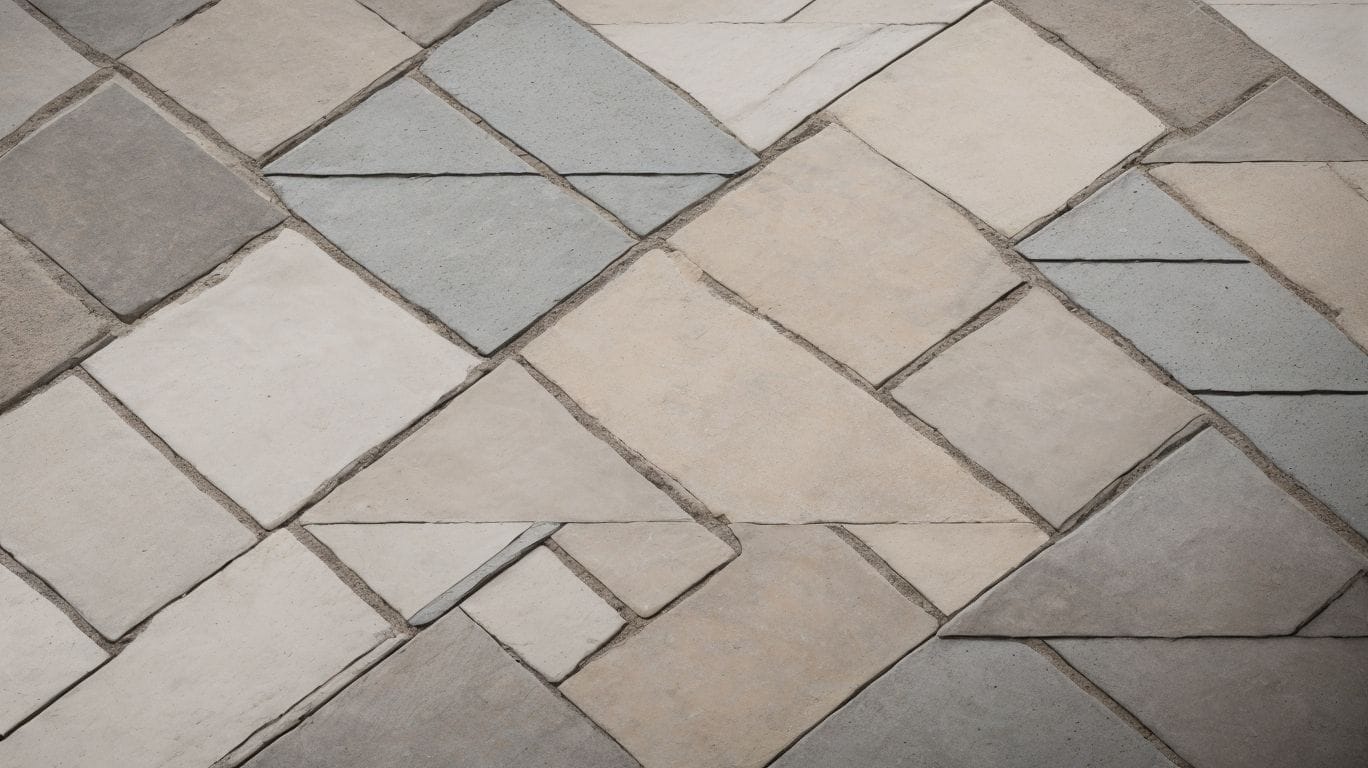
Photo Credits: Diyepoxyresin.Com by Anthony Clark
Decorative concrete is a term used to describe the use of concrete for both its functional purposes and its visual appeal. This technique involves adding decorative elements, including coloring, stamping, and polishing, to concrete surfaces to achieve unique textures and patterns. It is commonly utilized for both indoor and outdoor applications, creating visually appealing floors, countertops, and other architectural features.
What are the Different Types of Decorative Concrete?

Photo Credits: Diyepoxyresin.Com by Ryan Martin
When it comes to enhancing the look of a space, decorative concrete has become a popular choice for its versatility and unique designs. But with so many options available, it can be overwhelming to know which type of decorative concrete is best suited for your project. In this section, we will break down the different types of decorative concrete, including stamped, stained, polished, colored, and exposed aggregate concrete. Each of these techniques offers a distinct look and feel, giving you the opportunity to create a truly customized and beautiful space.
1. Stamped Concrete
- Prepare the area: Clear the area of any debris, rocks, or vegetation.
- Create forms: Construct forms to define the shape of the stamped concrete.
- Mix and pour concrete: Mix the concrete according to the manufacturer’s instructions and pour it into the forms.
- Stamp the concrete: Once the concrete reaches the right consistency, stamp the surface with the chosen pattern and texture of stamped concrete.
- Cure and seal: Allow the concrete to cure properly before applying a sealant to protect the surface of the stamped concrete.
2. Stained Concrete
Stained concrete is a budget-friendly option for enhancing the look of both indoor and outdoor surfaces. This process involves applying a chemical solution that reacts with the concrete, creating one-of-a-kind marbled effects. You can choose between acid-based stains, such as H&C Concrete Stain, or water-based options, such as Eco-Stain. Both types offer strong and enduring color enhancement, making them ideal for floors, patios, and driveways.
The practice of staining concrete dates back to ancient civilizations, including the Egyptians and Romans, who used natural pigments to add color to their concrete structures.
3. Polished Concrete
- Clean the surface thoroughly to remove any dirt, dust, or debris.
- Grind the concrete with progressively finer diamond grinding tools to achieve the desired level of smoothness and shine.
- Apply a densifier to fill the pores and harden the surface.
- Polish the concrete using resin-bonded diamond abrasives to create a glossy finish.
A colleague of mine recently renovated his office space with polished concrete floors. The transformation was remarkable, giving the area a modern and sophisticated look. The durability of the polished concrete surface amazed everyone, making it a cost-effective and aesthetically pleasing choice.
4. Colored Concrete
Colored concrete provides a vibrant alternative for various applications, enhancing the aesthetic appeal of driveways, patios, and walkways. By integrating pigments during the mixing process, the color is evenly distributed throughout the concrete.
Fun Fact: The use of colored concrete can also decrease lighting needs in buildings by up to 30%, thanks to its reflective properties.
5. Exposed Aggregate Concrete
- Before beginning, make sure to clean and level the surface.
- Slow down the setting time by applying a retarder to the concrete surface.
- Once the surface has set, use a hose and scrubbing brush to wash away the top layer of concrete and reveal the aggregate.
- Neutralize the retarder by using a solution of water and ammonia.
- Seal the exposed aggregate concrete for added protection and improved appearance.
What are the Benefits of Using Decorative Concrete?
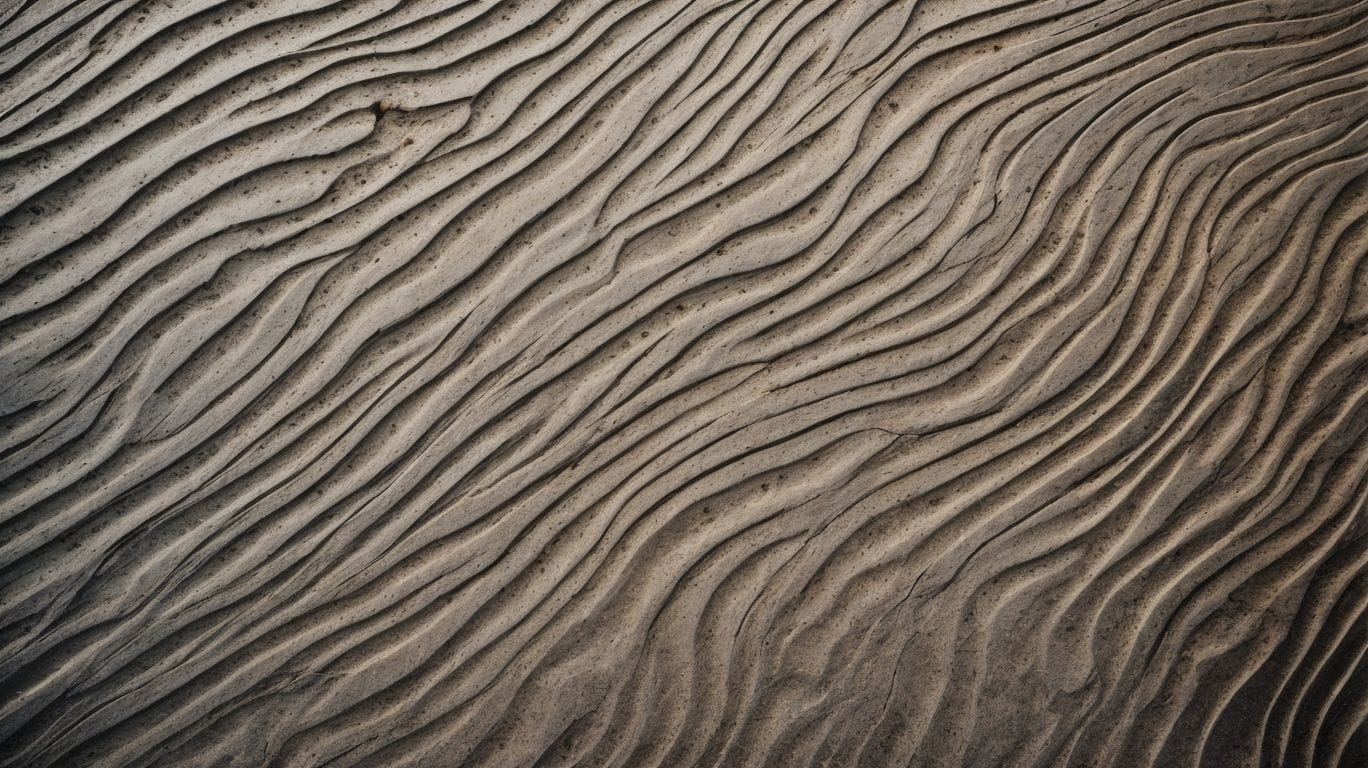
Photo Credits: Diyepoxyresin.Com by Noah Gonzalez
When it comes to enhancing the look and functionality of outdoor spaces, decorative concrete has become a popular choice among homeowners and businesses alike. But what exactly makes decorative concrete so attractive and practical? In this section, we will explore the various benefits of using decorative concrete, from its aesthetic appeal to its durability and versatility. Discover why this material is a top choice for adding value and beauty to any outdoor area.
1. Aesthetic Appeal
- Color and Texture: Choose decorative concrete that enhances the aesthetic appeal of the surroundings with its colors and textures.
2. Durability and Longevity
- Choose a high-quality concrete mix with proper aggregate grading.
- Ensure adequate concrete thickness and reinforcement for structural strength.
- Apply sealant to protect against water, chemicals, and abrasion.
- Regularly inspect for cracks and repair them promptly.
To ensure extended durability and longevity, it is recommended to integrate fiber reinforcement and use air-entrained concrete for added resistance against freeze-thaw conditions.
3. Low Maintenance
- To keep your concrete surface looking its best, be sure to seal it regularly to prevent staining and water damage.
- For routine cleaning, use mild soap and water to remove any dirt or grime.
- It’s important to regularly inspect the concrete for any cracks or damage and promptly repair any issues to maintain its low maintenance status and prevent further deterioration.
4. Versatility
- Customization: Decorative concrete offers diverse design options, including stamped patterns, acid staining, and stenciling.
- Applications: It can be used indoors for floors, countertops, and sinks and outdoors for driveways, patios, and pool decks.
- Compatibility: Adaptable to various surfaces like existing concrete, wood, or tiles, enhancing its versatility.
- Maintenance: Easy to maintain, requiring periodic resealing and cleaning.
Consider decorative concrete for a modern, durable, and visually appealing surface solution that offers versatility for both residential and commercial spaces.
How is Decorative Concrete Installed?
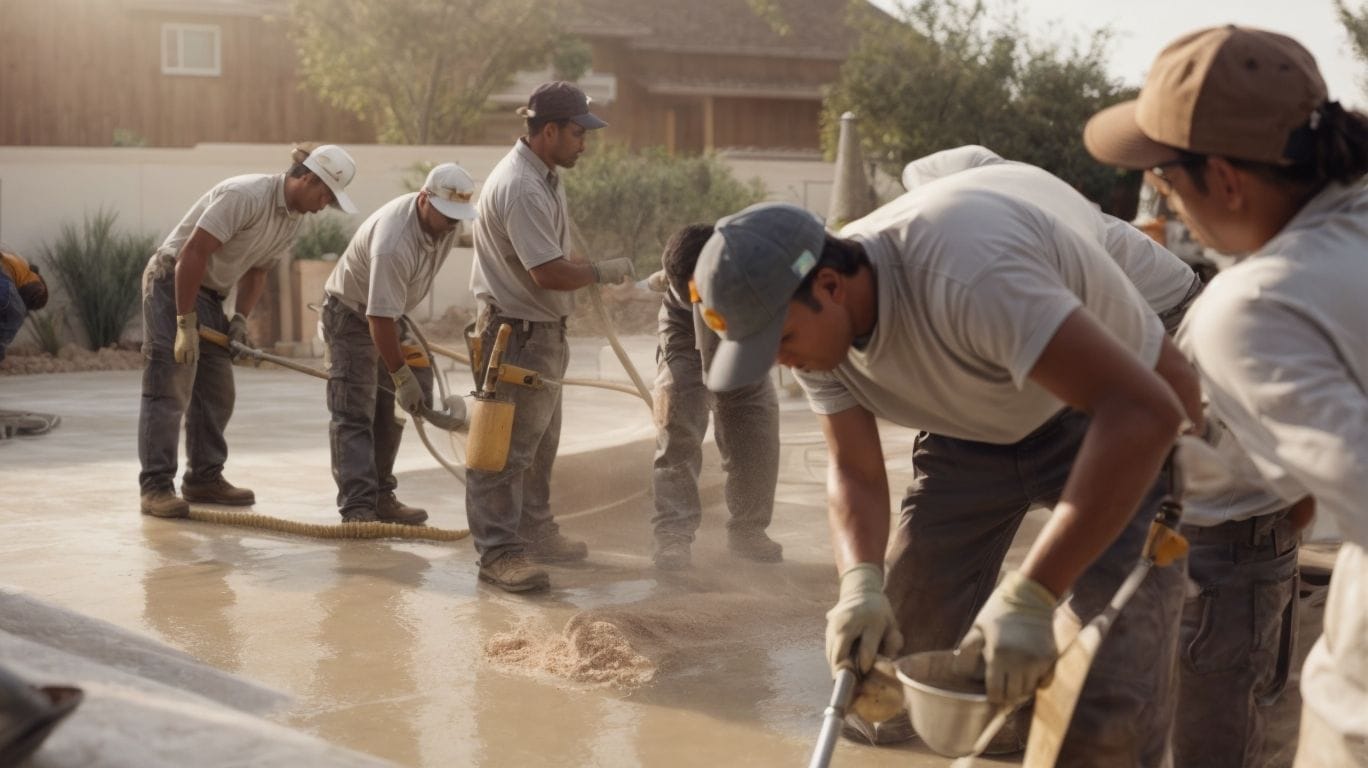
Photo Credits: Diyepoxyresin.Com by Stephen Taylor
Decorative concrete is a popular choice for adding aesthetic appeal and functionality to outdoor spaces. But have you ever wondered how this versatile material is actually installed? In this section, we will break down the process of installing decorative concrete into four main stages: preparation, application of concrete, texturing and finishing, and sealing and curing. By understanding the steps involved, you can gain a better appreciation for the craftsmanship and skill that goes into creating beautiful and durable decorative concrete.
1. Preparation
- Before beginning, ensure to inspect the concrete surface for any cracks, oil stains, or existing damage.
- Thoroughly clean the surface using a power washer and a concrete cleaner to eliminate any dirt, debris, or previous coatings.
- Any cracks or damage should be repaired using an appropriate concrete patching material.
- To ensure proper adhesion of the decorative concrete overlay, it may be necessary to etch or grind the surface.
2. Application of Concrete
- Preparation: Before applying concrete, clear the area, set up formwork, and compact the sub-base.
- Mixing: Combine concrete, water, and aggregates in the correct proportions.
- Placement: Pour the concrete evenly into the formwork and compact it to eliminate air gaps.
- Finishing: After placement, level the surface, trowel it to the desired texture, and add decorative elements.
- Curing: To ensure durability and longevity of decorative concrete, protect it from drying too quickly to prevent cracks.
Pro-tip: Proper curing is crucial for the application of concrete.
3. Texturing and Finishing
- Before texturing and finishing, it is important to clean the surface thoroughly.
- Please choose the desired texture method, such as stamping, stenciling, or scoring, and apply it to create the desired pattern.
- Utilize appropriate tools, such as trowels or brooms, to achieve the desired texture during the finishing process.
When it comes to texturing and finishing decorative concrete, it is crucial to evaluate the surface condition, select the appropriate texture techniques, and ensure proper finishing for a long-lasting and visually appealing result.
4. Sealing and Curing
- Sealing: Once the concrete has cured for at least 28 days, it is important to apply a high-quality sealer to protect the surface from stains, oil, and water damage.
- Curing: Proper curing is crucial for achieving strong and durable concrete. It is recommended to keep the concrete moist and at a moderate temperature for at least 7 days.
To achieve the best results, it is highly recommended to consult a professional for specific product recommendations and proper application techniques in order to achieve a long-lasting and visually appealing concrete finish.
What are the Best Practices for Maintaining Decorative Concrete?
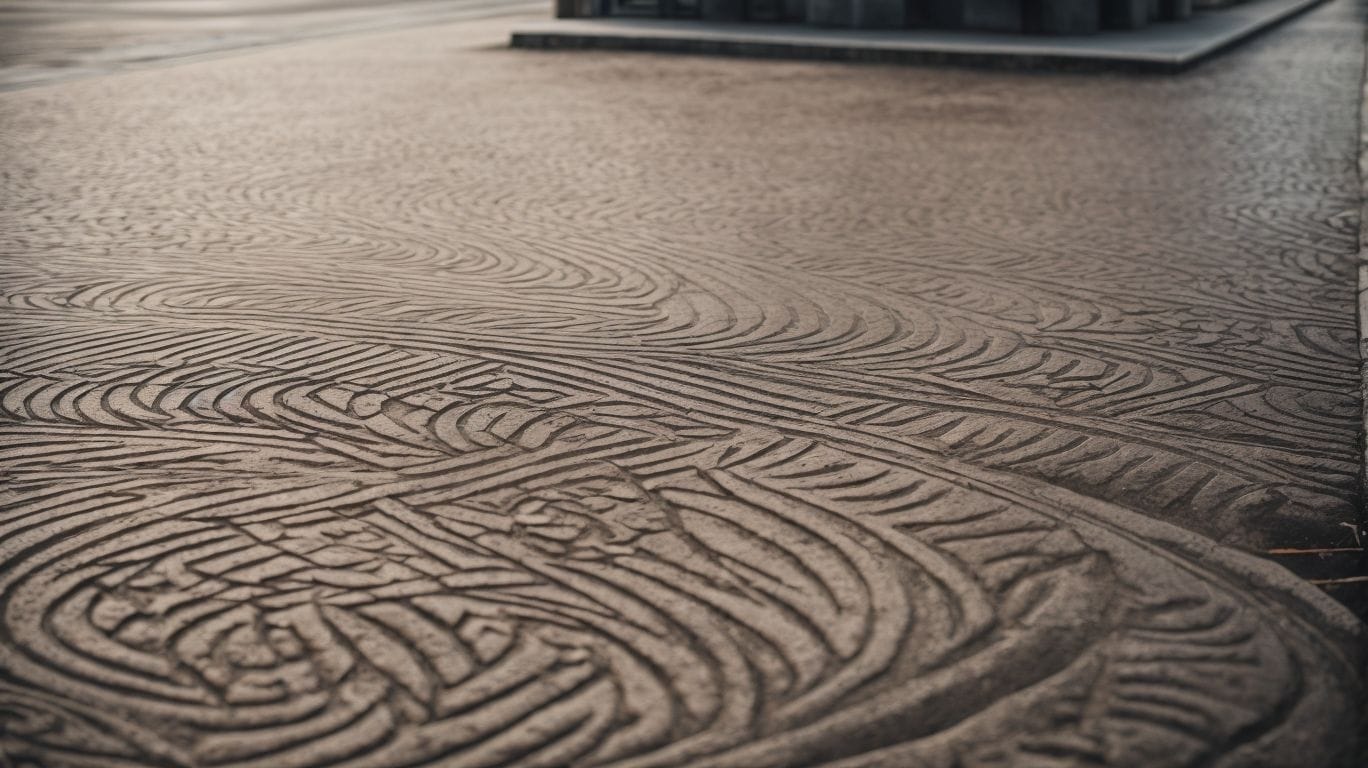
Photo Credits: Diyepoxyresin.Com by Gabriel Taylor
To properly maintain decorative concrete, it is important to regularly clean and seal the surface. Using a pH-neutral cleaner is recommended to avoid any potential damage, and the surface should be resealed every 2-3 years. It is also important to avoid using abrasive tools, as they can cause scratches. Any cracks should be promptly repaired to prevent water from seeping in. Additionally, it is important to protect the surface from heavy objects and extreme temperatures in order to preserve its appearance and structural integrity.
In fact, decorative concrete has been used since ancient Roman times in structures such as the Colosseum and the Pantheon, showcasing its intricate designs and durable craftsmanship.
What are the Cost Considerations for Decorative Concrete?

Photo Credits: Diyepoxyresin.Com by Michael Wright
When it comes to creating dream designs and fabulous finished basements, decorative concrete is a popular and versatile choice. However, before diving into any decorative applications, it is important to understand the cost considerations involved. In this section, we will discuss the various factors that can impact the cost of decorative concrete, including the materials used, the labor involved, and the level of design complexity. By considering these factors, you can make informed decisions when planning your decorative concrete project.
1. Materials
- Gather all the necessary materials for your decorative concrete project, including concrete mix, colorants, stamps, and sealers.
Pro-tip: When choosing materials, make sure to prioritize high-quality concrete mix and colorants to ensure a long-lasting and visually appealing finish.
2. Labor
- Planning: Determine the required workforce based on project scope and timeline.
- Resource allocation: Assign skilled labor for various tasks such as formwork, placement, and finishing.
- Equipment setup: Ensure availability of tools and machinery to support efficient work processes.
Did you know that labor is a major factor in determining the cost of decorative concrete installation?
3. Design Complexity (Keywords: dream designs, fabulous finished basements, decorative applications
- Start with Dream Designs: Begin by envisioning your dream decorative applications, considering fabulous finished basements as inspiration.
- Consider Complexity: Assess the complexity of your design, ensuring it aligns with the practicality of decorative concrete applications.
- Consult Experts: Seek guidance from professionals in decorative concrete to bring your decorative applications to life.
When embarking on decorative concrete projects, envision dream designs, consider the complexity of your desired applications, and consult experts for fabulous finished basements and stunning decorative applications.


